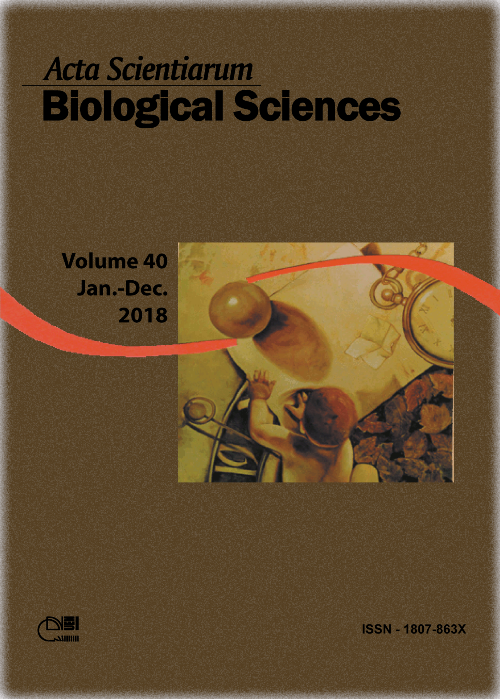<b>Effects of glutathione supplementation and carbon source during somatic embryogenesis of <i>Acca sellowiana</i> (O.Berg) Burret (Myrtaceae)
Abstract
The present study intended to investigate the effects of different glutathione (GSH) levels (0, 0.1, 0.5 and 1 mM) on the somatic embryogenesis (SE) induction of Acca sellowiana. Besides, we evaluated the effect of different carbon sources (sucrose and maltose) on the somatic embryos conversion. GSH-supplemented treatments resulted in improved SE induction rates (~70%) as compared to the control GSH-free (~35%) after 50 days of culture. The total number of somatic embryos obtained did not differ between treatments, but significant differences were observed for the embryonic stages after 80 days of culture. After 80 days of culture, 0.5 and 1 mM GSH-supplemented treatments showed the largest amount of torpedo-staged somatic embryos. In contrast, treatments supplemented with 0 and 0.1 mM GSH showed equal amounts of somatic embryos at all embryonic stages. These results indicate that GSH accelerates the SE induction process and increases the synchrony of the somatic embryo formation of A. sellowiana. The use of maltose for the somatic embryos conversion, as compared to sucrose, did not influence the conversion rate of normal chlorophyllous somatic embryos, but increased the formation of normal achlorophyllous somatic plantlets. This finding can be attributed to the rapid hydrolysis of sucrose, contributing to an enhanced chlorophyll synthesis.
Downloads
DECLARATION OF ORIGINALITY AND COPYRIGHTS
I Declare that current article is original and has not been submitted for publication, in part or in whole, to any other national or international journal.
The copyrights belong exclusively to the authors. Published content is licensed under Creative Commons Attribution 4.0 (CC BY 4.0) guidelines, which allows sharing (copy and distribution of the material in any medium or format) and adaptation (remix, transform, and build upon the material) for any purpose, even commercially, under the terms of attribution.
Read this link for further information on how to use CC BY 4.0 properly.












1.png)




3.png)













